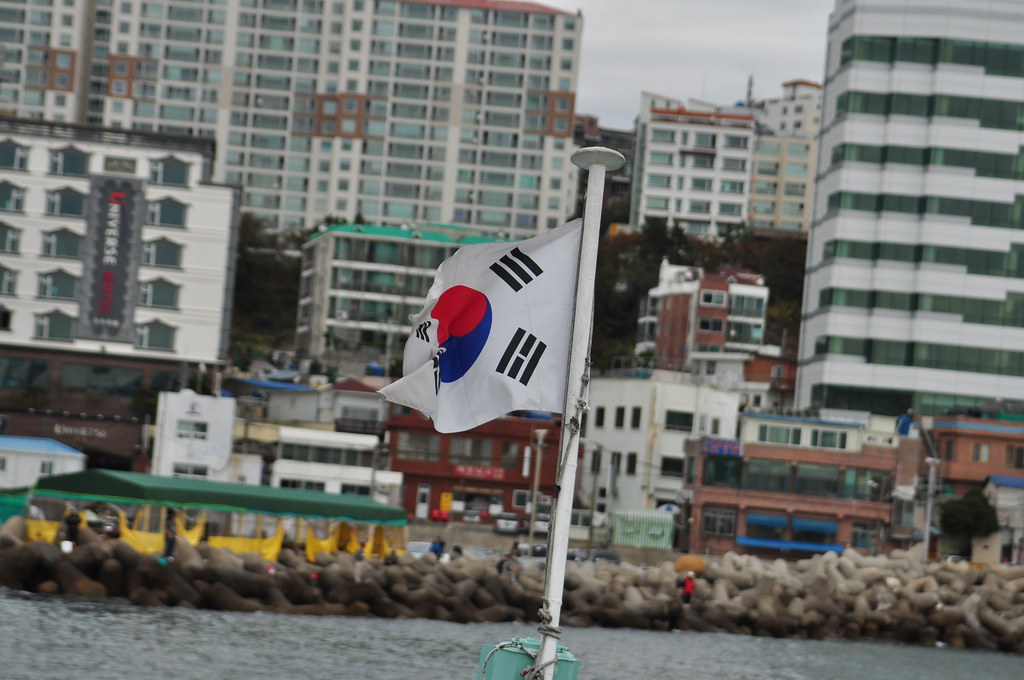By Matija Šerić
Beyond the top five picks, several intriguing prospects emerged—most of them from outside the United States. The 8th overall pick was Russian guard Egor Demin, followed by Noa Essengue from France at No. 12, Yang Hansen from China at No. 16, Hugo González from Spain at No. 28, and Bogoljub Marković from Serbia at No. 47.
Demin, a crafty Russian point guard, was selected by the Brooklyn Nets. While his shooting ability needs improvement, he’s already recognized as a highly intelligent playmaker with great court vision and control.
Noa Essengue, an 18-year-old power forward from France, was drafted by the Chicago Bulls. He previously played for OrangeAcademy, the development team of German club Ulm. Essengue is athletically gifted and an excellent defender, but still raw when it comes to passing and shooting efficiency. The Bulls will need to be patient and invest significantly in his development.
Global Young Prospects
Yang Hansen has drawn early comparisons to Yao Ming—both in stature and style. Originally drafted by the Memphis Grizzlies, he was traded to the Portland Trail Blazers. Hansen is dominant in the paint but lacks agility due to his high hips and build. To reach his ceiling, he’ll need to improve his footwork and shoulder work—areas that could help him develop into an explosive center in the mold of Nikola Jokić or Yao.
Hugo González, a versatile small forward, could play a crucial role in the Boston Celtics’ reshaping process, especially with Jayson Tatum expected to miss most of the season due to injury. Meanwhile, Serbian power forward Bogoljub Marković could prove to be a valuable asset for the Milwaukee Bucks. He’s effective in short-roll situations and excels in transition—both on and off the ball. If he can develop a reliable outside shot, he has the tools to become a high-impact player, though he lacks the physical profile of a traditional center.
Cooper Flagg Selected
Draft Winners
From a team perspective, several franchises emerged as clear winners: the Indiana Pacers, San Antonio Spurs, Chicago Bulls, Atlanta Hawks, and Miami Heat.
Indiana’s Draft Masterclass
The Pacers, fresh off an impressive playoff run, continued to showcase their front office savvy. They landed Kam Jones (38th pick) and Taelon Peter (54th pick)—both in the second round. Originally selected by the Spurs, Jones (23, from Marquette) was acquired via trade. His age and experience make him an instant contributor, especially with Tyrese Haliburton expected to miss extended time. He’s a strong shooter and ball handler who can stretch defenses.
Peter, a high-efficiency point guard, shot 76% on two-pointers and an impressive 43% from three, making him a solid developmental piece for Indiana.
Smart Moves by the Spurs and Bulls
The Spurs added two strong prospects: No. 1 overall pick Dylan Harper and No. 14 pick Carter Bryant. Bryant, a 3-and-D small forward, excels at disrupting passing lanes and positioning himself smartly on both ends of the floor. With Harper, Bryant, Stephon Castle, Victor Wembanyama, and others, the Spurs may be laying the foundation for a return to their glory days under mastermind Gregg Popovich.
The Bulls made strong picks with Noa Essengue (12) and Lachlan Olbrich (55). Olbrich, a mobile Australian forward, has a unique playing style that allows him to create offense in various situations. He’s especially adept at setting screens, giving the Bulls the frontcourt depth they lacked last season.
Egor Demin Selected
Strategic Gains by Atlanta and Miami
The Hawks selected Asa Newell (22), a power forward who could pair well with newly acquired Kristaps Porziņģis from Boston. They also secured an unprotected 2026 first-round pick—a major asset.
The Heat added Lithuanian playmaker Kasparas Jakucionis (20), a highly skilled guard with a well-rounded game: shooting, dribbling, passing, and defensive instincts. Jakucionis is often compared to Goran Dragić and Haliburton for his basketball IQ and floor vision.
Draft Losers
The New Orleans Pelicans, LA Clippers, and Sacramento Kings are widely seen as the biggest losers of this draft.
The Pelicans raised eyebrows by selecting Jeremiah Fears (7)—a talented but underdeveloped point guard with a weak outside shot (28.4% from three) and questionable defense. With Jordan Poole already on the roster, there’s redundancy at the position. Compounding the issue, they traded up from pick 23 to 13 (giving up a 2026 first-rounder) to draft Derik Queen, a center from Maryland whose playing style doesn’t mesh well with Zion Williamson.
Clippers and Kings Face Fit Concerns
The Clippers drafted Yanic Konan Niederhauser (30) from Switzerland and Kobe Sanders (50). Niederhauser plays the same position as starting center Ivica Zubac, and while Sanders has potential, the team still lacks shooting and perimeter defense—major areas of concern.
The Kings chose Nique Clifford (24), a versatile but still raw wing, and Maxime Raynaud (42), a promising center. However, the picks did little to address Sacramento’s key needs: outside shooting, defense, and roster spacing. Questions about positional overlap and unclear roster strategy could hinder rookie integration.
All 30 Picks of The 2025 NBA Draft
Final Thoughts
This year’s NBA Draft introduced a wave of international talent and diverse player profiles. With lottery luck on their side, the Dallas Mavericks may have a shot at building a new core—possibly even post-Luka Dončić. Meanwhile, teams like the Spurs and Pacers reaffirmed their reputations for identifying and developing young talent.
As foreign players continue to shape the league, the NBA’s global reach only grows stronger. While it’s difficult to predict how each rookie will pan out, it’s clear that many new faces have the potential to become future stars. For teams, the challenge now is proper development and system integration. And for fans, the hope remains the same: that these rising stars bring joy, excitement, and unforgettable moments to the game.








